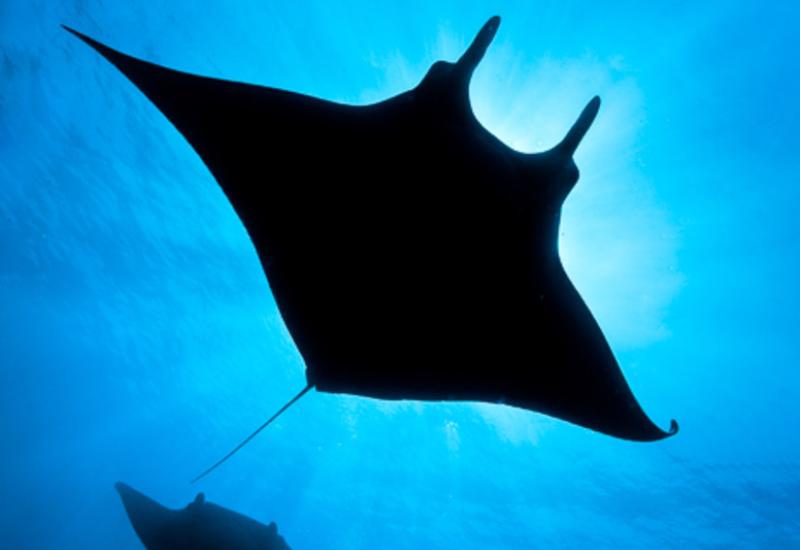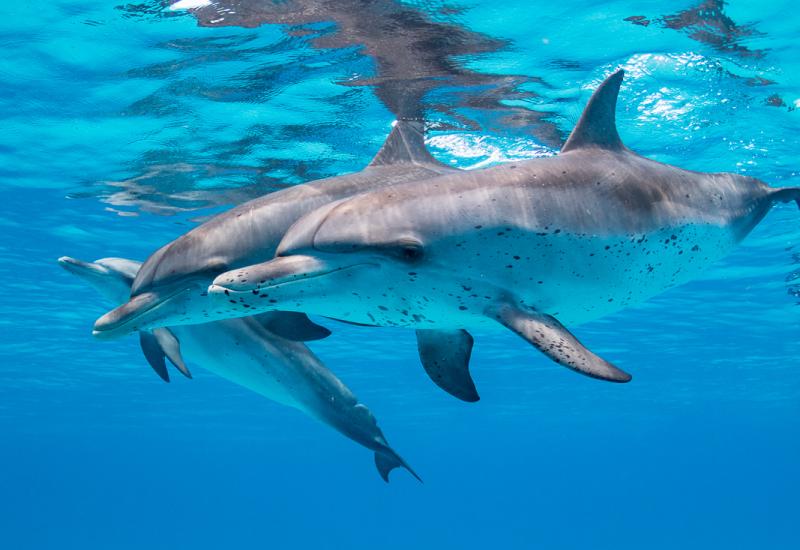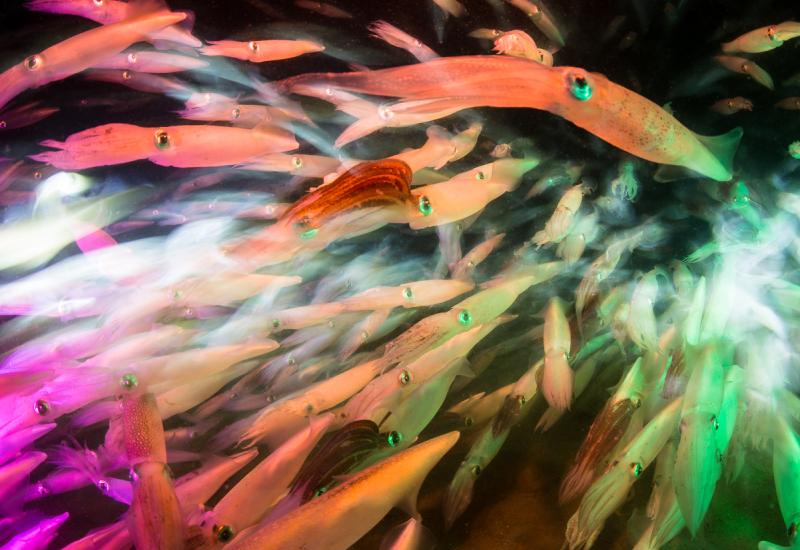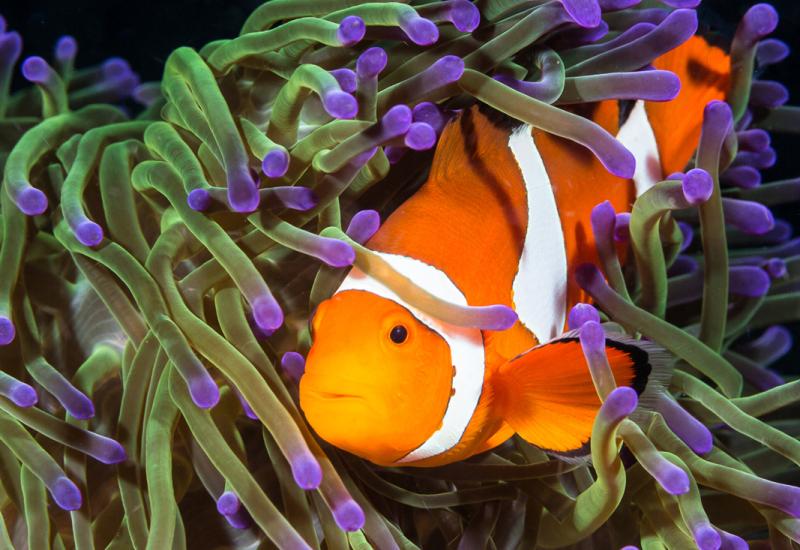Capturing Sun Rays in the Yucatan’s Cenotes

See the Light
Joel and Jennifer Penner
One of the best things about shooting Mexico’s cenotes is the light — the revelation of the sun’s rays, the contrast and the shadows of the caves, and the vibrant blues and greens.
1. Know before you go
Do your homework before landing in Cancun. Find a reputable local operator to guide you. Make sure the operator knows you want to photograph the cenotes so he or she can plan your excursion at an optimal time.
2. Avoid a silt-out
Excellent buoyancy is key in the freshwater cenotes. For clear, silt-free images, you will want to avoid stirring up the bottom because it will easily take 15 to 20 minutes to settle.
3. Play with camera settings
Shoot the widest scene your camera or lens can capture. You will get the best results by shooting with natural light. If your camera has full manual controls, use them. In different cenotes, our settings varied from ISO 320 to 6,400, aperture of f/4 to f/13 and shutter speed from 1/40 to 1/125 sec. Many current-model cameras have an auto-ISO feature that, when used with the camera’s AV mode to deter- mine aperture, can yield pleasing results. No matter the make and model of your camera, aim to shoot with the highest numbered f-stop to achieve the greatest depth of field. Maintain a shutter speed at 1/40 sec or faster to keep the images looking crisp, and shoot in the shallows where the light is prominent.
4. Color varies
Visibility and color in the cenotes vary. Keep your camera set to auto white balance; if needed, do light editing in post using Adobe Lightroom.
5. Add the human element
Adding a diver to your images will create even more awe. Enlist your dive buddy, or ask your dive guide to pose. Most will be more than happy to help you get a great photo — just remember to add to the gratuity for this service.
Joel and Jennifer Penner make the ocean their office as often as they can. When not in the water, they are part of the Backscatter Underwater Video & Photo team.
More tips on expert photography:
Perfecting Your Lighting | Capture Perfect Sun Balls | Shooting Supermacro

Joel and Jennifer Penner
One of the best things about shooting Mexico’s cenotes is the light — the revelation of the sun’s rays, the contrast and the shadows of the caves, and the vibrant blues and greens.
1. Know before you go
Do your homework before landing in Cancun. Find a reputable local operator to guide you. Make sure the operator knows you want to photograph the cenotes so he or she can plan your excursion at an optimal time.
2. Avoid a silt-out
Excellent buoyancy is key in the freshwater cenotes. For clear, silt-free images, you will want to avoid stirring up the bottom because it will easily take 15 to 20 minutes to settle.
3. Play with camera settings
Shoot the widest scene your camera or lens can capture. You will get the best results by shooting with natural light. If your camera has full manual controls, use them. In different cenotes, our settings varied from ISO 320 to 6,400, aperture of f/4 to f/13 and shutter speed from 1/40 to 1/125 sec. Many current-model cameras have an auto-ISO feature that, when used with the camera’s AV mode to deter- mine aperture, can yield pleasing results. No matter the make and model of your camera, aim to shoot with the highest numbered f-stop to achieve the greatest depth of field. Maintain a shutter speed at 1/40 sec or faster to keep the images looking crisp, and shoot in the shallows where the light is prominent.
4. Color varies
Visibility and color in the cenotes vary. Keep your camera set to auto white balance; if needed, do light editing in post using Adobe Lightroom.
5. Add the human element
Adding a diver to your images will create even more awe. Enlist your dive buddy, or ask your dive guide to pose. Most will be more than happy to help you get a great photo — just remember to add to the gratuity for this service.
Joel and Jennifer Penner make the ocean their office as often as they can. When not in the water, they are part of the Backscatter Underwater Video & Photo team.
More tips on expert photography:
Perfecting Your Lighting | Capture Perfect Sun Balls | Shooting Supermacro










